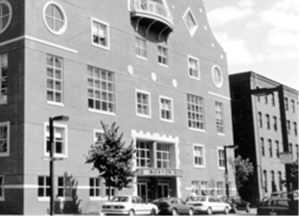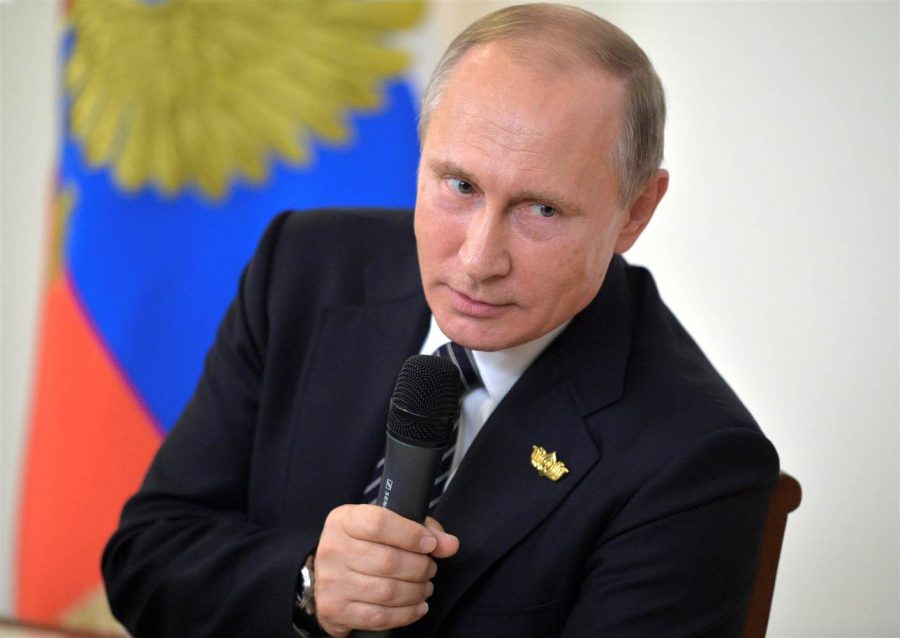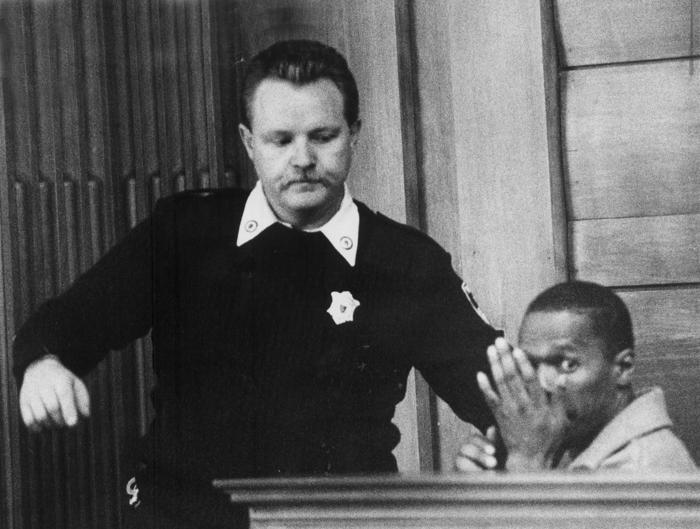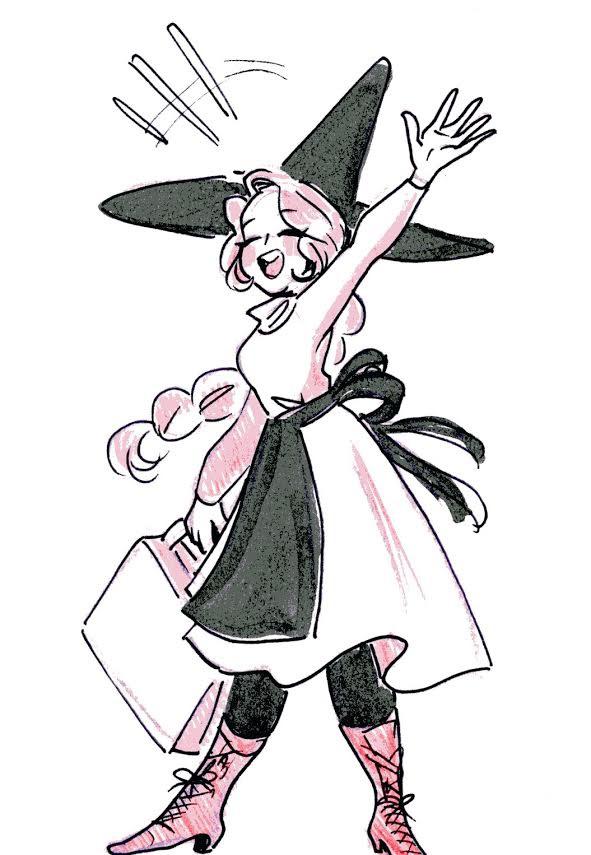By Kaydee Donohoo
Staff Writer

The Boston Ballet’s 52nd season took off this weekend with the opening of Mahler’s Third Symphony. Often, ballet is associated with elaborately sequenced tutus and detailed castles painted on a backdrop. The dancers tell a story with villains, a pair of protagonists, and plenty of magical themes. This ballet by John Neumeier, however, traded all of that in for striking simplicity.
The costumes were very minimal. The men wore only ballet tights, with women in simple ballet dresses; in some scenes, both were in unitards. All costumes were solid and/or neutral colors. Backdrops were only set with different lighting.
The synopsis by Neumeier in the playbill described abstract themes such as “Fragments of loving relationships—human warmth during the chill season of farewells. Longing for new beginnings—for a touch.”
This synopsis was not to be taken as a literal summary; instead, it is a collection of “word-images” set to the choreographer’s “answers to the question of meaning in his ballet.” It was even written after the ballet was made. The result is a sort of modern art version of classical ballet.
Yet, just like a lot of modern art, the ballet does not have to be fully understood in order to be enjoyed and found beautiful. In fact, while the work may seem intimidating to any non-ballet expert, it is truly just open to interpretation and experienced through emotions rather than rational explanations.
The synchronization of the Boston Ballet’s dancers has an exact precision that can only be described as an art form. The company never ceases to create vivid structures, especially in the first movement with only 30 powerfully moving male dancers on stage. This is scarcely seen in ballet and sets a powerful tone in expressing “lifeless nature” which gives way to man and “the march towards violence and war.”



















